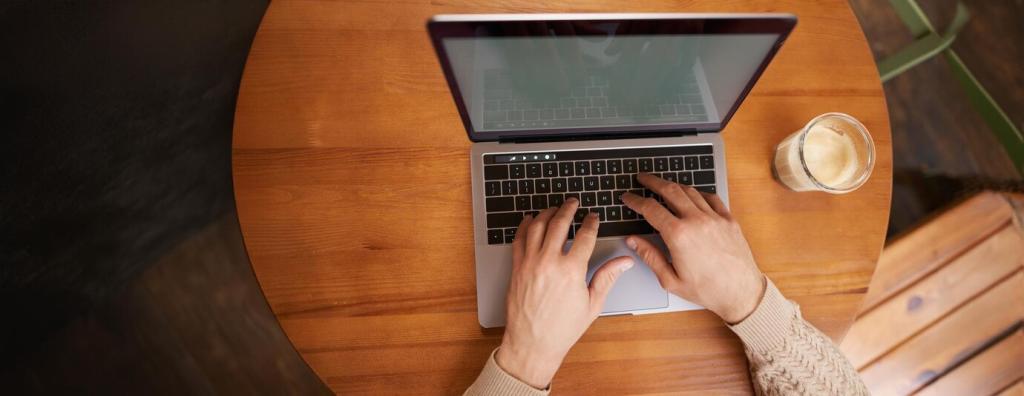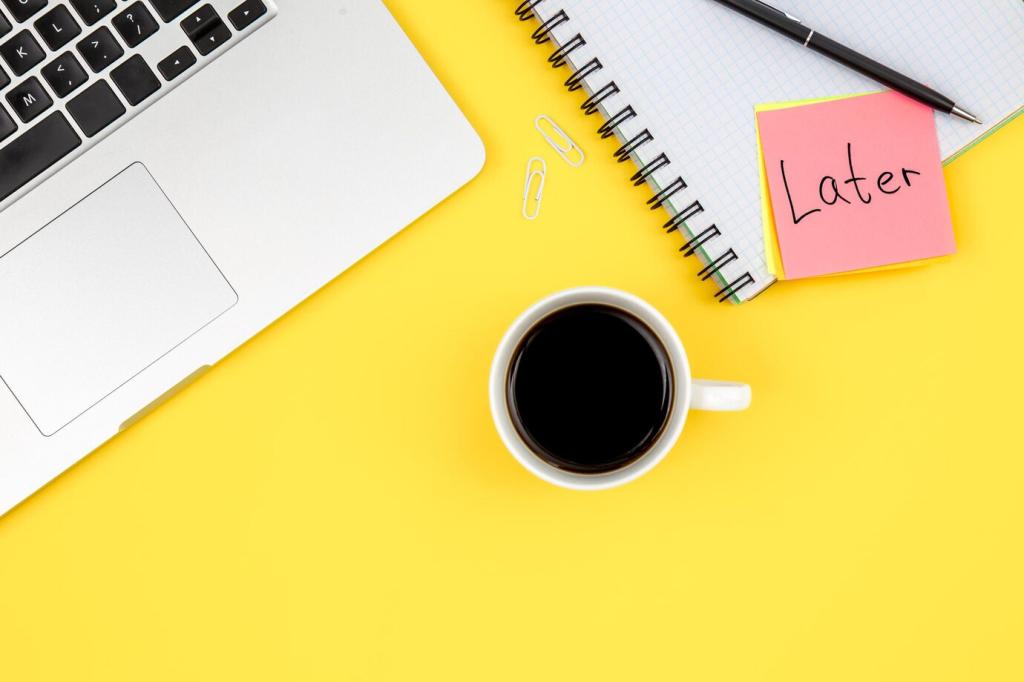
Bring Interiors to Life: Using Visuals to Enhance Your Interior Design Blogs
Chosen theme: Using Visuals to Enhance Your Interior Design Blogs. Step into a world where images, videos, and visual stories turn design ideas into irresistible experiences. Whether you’re documenting a room refresh or a full renovation, this space helps you leverage visuals to communicate texture, scale, light, and emotion. Subscribe for weekly visual tips, and share your favorite techniques with our community.
The Story Power of Interior Imagery
A carefully shot before-and-after creates a narrative arc readers can follow in seconds. Frame consistent angles, maintain identical lens choices, and keep lighting comparable so transformation feels authentic, not staged. Invite readers to comment on the moment the room’s personality becomes unmistakable.
Use images that intentionally cluster hues—sage cabinetry, brass hardware, warm oak—to signal calm or energy. Color-block hero shots reduce distraction and help readers grasp the palette’s purpose. Ask subscribers which palette pairings they find calming versus invigorating, and fold their insights into upcoming posts.
Close-ups of boucle, limewash, or veined marble convey touch, while a wide shot with a human figure communicates scale honestly. Layer detail, mid, and wide frames within one post. Encourage readers to share their trickiest textures to photograph, and promise a follow-up guide solving those challenges.


Signature Palette, Fonts, and Image Treatments
Define three neutrals and two accents for overlays, pick two legible typefaces, and set rules for exposure and contrast. Keep white balance warm or neutral, not both. Ask your audience whether your current look reads airy minimal or cozy classic, and iterate based on feedback.

Framing, Negative Space, and Focal Hierarchy
Agree on composition habits: rule of thirds for lifestyle shots, central framing for product reveals, generous negative space for typography. Consistent focal hierarchy helps headlines breathe. Invite readers to vote on thumbnail crops, then publish the winning style across your next three posts.

Asset Naming, Ratios, and File Hygiene
Use descriptive filenames with dates and rooms, export in consistent ratios like 4:5, 9:16, and 16:9, and maintain a lightweight web size. Store alt text alongside images. Share your template pack with subscribers and encourage them to request new ratios for emerging platforms.



Visual Formats That Drive Engagement
A carousel can unfold prep, demo, install, and reveal in a logical rhythm. Start with a strong hook panel, then sequence chronological frames with simple, readable captions. Ask readers which slide answered their biggest question, and tease the next project with a final, partially cropped preview.


Visual Formats That Drive Engagement
Show curtains billowing, water reflecting across tiles, or a dimmer sliding from task to glow. Movement conveys atmosphere photos cannot. End each reel with a question sticker like, “Keep or swap this rug?” to invite immediate feedback and grow a habit of audience co-creation.
Non-Destructive Edits and Presets That Respect Reality
Use RAW or ProRAW when possible, keep highlights gentle, and avoid saturation that misrepresents materials. Build subtle presets for kitchens, baths, and bedrooms. Share your preset philosophy in a post, and ask subscribers whether they prefer cooler whites or candlelit warmth in evening scenes.
Batching, Culling, and Version Control
Cull in two passes: first for composition, then for storytelling fit. Batch export with consistent sharpening and metadata. Keep versions labeled by publish date. Invite readers to join a live edit session where you explain why certain frames make the cut and others miss the narrative.
Alt Text, Captions, and Readable Overlays
Write descriptive alt text that names materials, color temperature, and orientation. Keep overlay text high-contrast and large enough to read on phones. Ask your audience to test readability on their devices and report pain points, then publicly implement their suggestions in the next post.
Anecdote: The Studio Apartment That Photographed Big
Framing the Problem with Honest Before Shots
We photographed the studio unstyled, morning and evening, revealing glare, clutter, and low ceilings. Those truthful frames set stakes for the makeover. Readers appreciated the honesty and offered storage pain points, which shaped our plan and built anticipation for the reveal sequence.
Mid-Project Updates That Earned Trust
Progress carousels showed taped paint lines, labelled hardware bags, and a failed rug delivery. Transparency made the final shots believable. We polled subscribers on curtain height and followed their vote, giving them co-author credit when the space finally felt taller and brighter.
Reveal Visuals That Prioritized Scale and Light
We anchored with a 24mm wide shot for layout, followed by detail frames of ribbed glass and flax linen. A short reel showed soft lamp light transitioning to morning daylight. Comments tripled, and several readers asked for a template to plan tiny-space visual reveals of their own.
Measuring Visual Impact and Iterating
Monitor time on page, scroll depth to the second gallery, and tap-through on carousels. Compare heatmaps on different hero images. Ask readers which headline-image combos made them click, then A/B test small variations instead of overhauling your entire visual identity at once.
